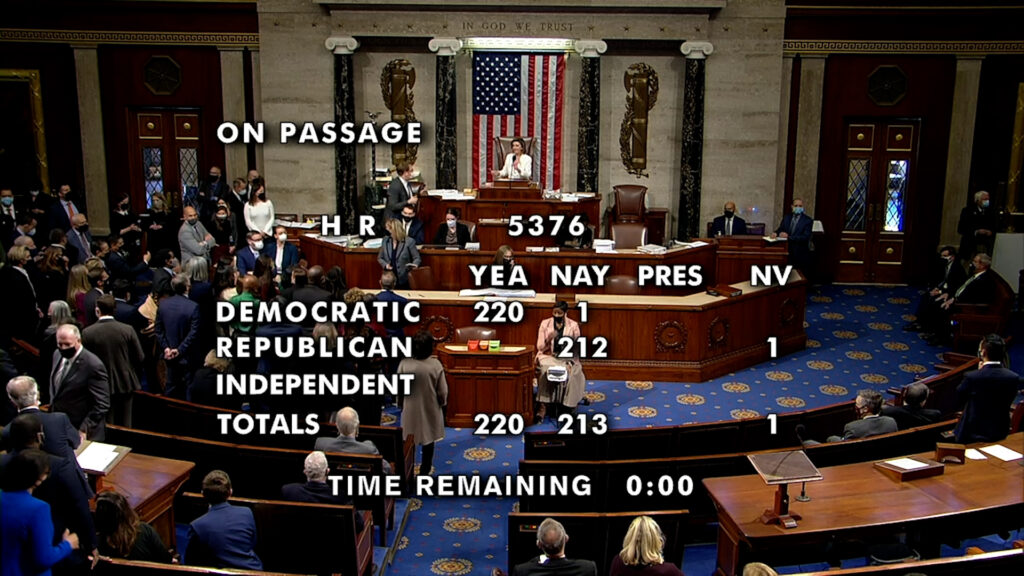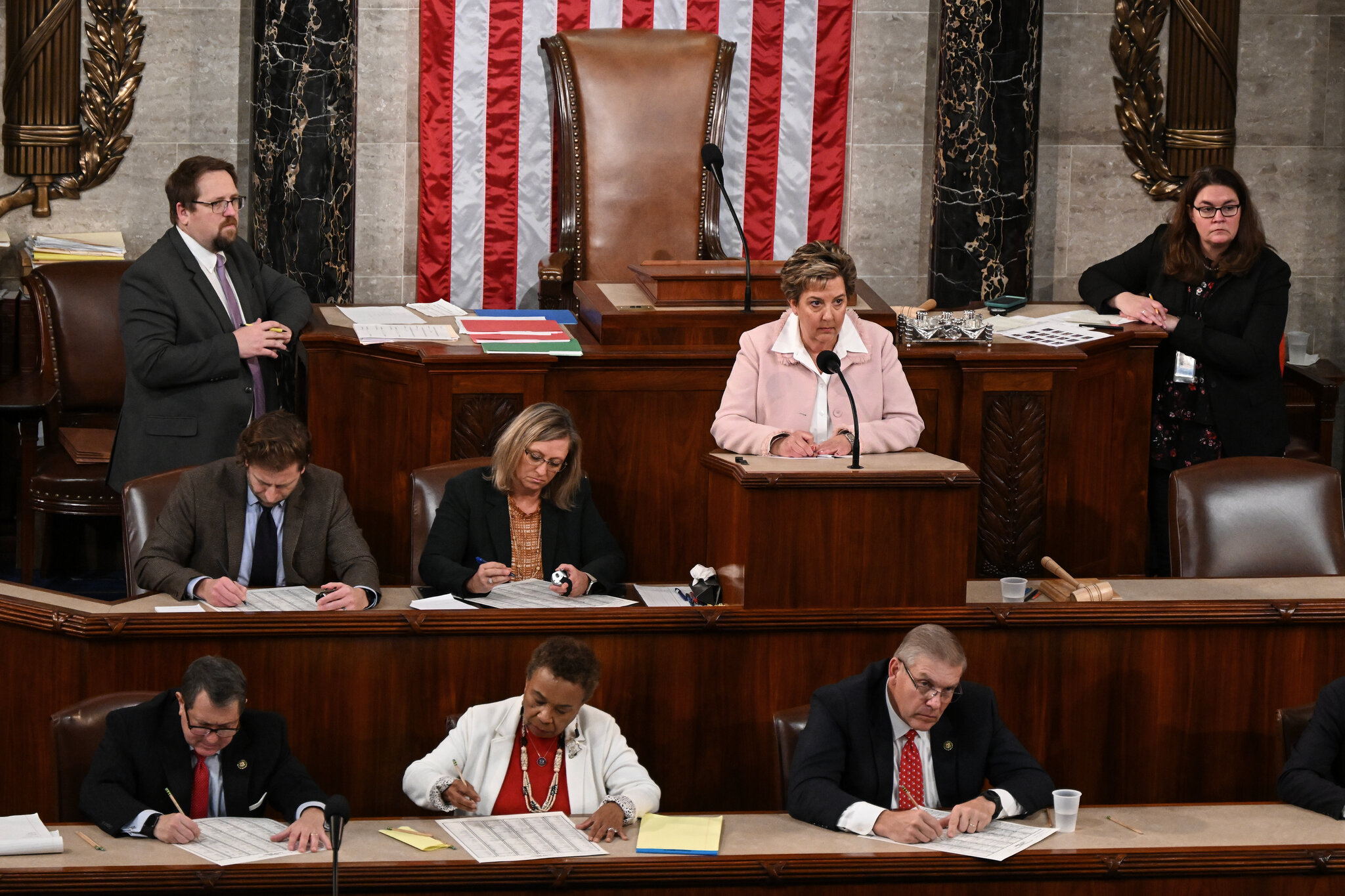
After a narrow Senate win, Donald Trump’s sweeping policy bill faces procedural hurdles in the House of Representatives. The legislative package, central to his 2025 agenda, now undergoes intense partisan scrutiny.
Table of Contents
- Introduction
- Background of the Policy Bill
- Senate Passage: A Narrow Victory
- Slow Progress in the House
- Key Provisions in the Bill
- Partisan Reactions and Public Opinion
- What’s Next in the Legislative Process
- Conclusion
- Focus Keywords & Hashtags
1. Introduction
Former President Donald Trump’s ambitious policy package, dubbed by supporters as a blueprint for “America’s Second Renaissance,” is facing significant delays in the House of Representatives. After narrowly advancing through the Senate in a dramatic 51-49 vote, the bill now enters a slower phase of procedural voting and committee reviews in the House. The legislative process could determine the future of key policies related to immigration, energy, economy, and social issues.
2. Background of the Policy Bill
The policy bill , encompassing over 2,000 pages, is a comprehensive effort to implement Trump’s post-2024 election agenda. It covers a wide array of policies, including:
- Tax reforms
- Border security enhancements
- Rollbacks of Biden-era climate initiatives
- Federal education restructuring
- Expansion of domestic energy production
Critics argue the bill overreaches executive influence, while Trump and his allies hail it as a course correction for what they describe as a “declining American future.”
3. Senate Passage: A Narrow Victory
On July 1st, 2025, the U.S. Senate voted 51-49 to advance the policy bill . The vote followed weeks of fierce debate, with moderate Republicans and all Democrats voicing concerns over its size, scope, and funding mechanisms.
Senator Lisa Murkowski (R-AK) and Senator Joe Manchin (I-WV) were pivotal swing votes, eventually siding with Republicans after last-minute revisions to energy and infrastructure components. Vice President J.D. Vance did not need to cast a tie-breaking vote, though his presence was noted as a symbol of White House backing.
4. Slow Progress in the House
While Trump’s supporters had hoped for swift House approval, the process has instead slowed considerably. The policy bill has been referred to four separate House committees, including:
- Ways and Means
- Energy and Commerce
- Homeland Security
- Education and the Workforce
Each committee is expected to hold extensive hearings and amendments, pushing a final vote well into August or September 2025. House Speaker Elise Stefanik, a staunch Trump ally, has urged unity, but fractures within the GOP’s moderate wing may further delay passage.
5. Key Provisions in the Bill
Here are a few core elements of Trump’s policy bill:
- Border Wall Expansion: Funding for additional miles of U.S.–Mexico border wall
- Tax Cuts 2.0: Further reductions in corporate and individual tax rates
- Energy Sovereignty Act: Prioritizes oil, gas, and coal production over green energy
- Education Freedom Act: Introduces national school voucher systems
- Digital Speech Protection Clause: Limits federal oversight of online platforms
Each provision has sparked intense debate among lawmakers and the public.
6. Partisan Reactions and Public Opinion
Democrats have slammed the bill as “radical and regressive.” House Minority Leader Hakeem Jeffries called it “an all-out assault on working-class Americans, civil liberties, and environmental protections.”
Meanwhile, Trump loyalists claim the bill restores American values and economic strength. A recent YouGov poll showed the country split:
- 44% support key provisions
- 47% oppose
- 9% undecided
Public opinion may shift as more details emerge during House debates.
7. What’s Next in the Legislative Process
Procedurally, the bill must clear all committee hearings before a final floor vote. With several amendments expected, the final version may look very different from what passed the Senate.
If passed in the House, the bill will head to a reconciliation process to merge any differences before reaching the President’s desk for signature. Trump has already promised a televised signing ceremony, calling the bill “the biggest legislative victory since Reagan.”
8. Conclusion
While the bill represents a defining moment in Trump’s second-term vision, it still faces a long road through Congress. Procedural delays, intra-party disputes, and public scrutiny will continue to test the legislation’s survival. As the political stakes rise, all eyes remain on Capitol Hill.

